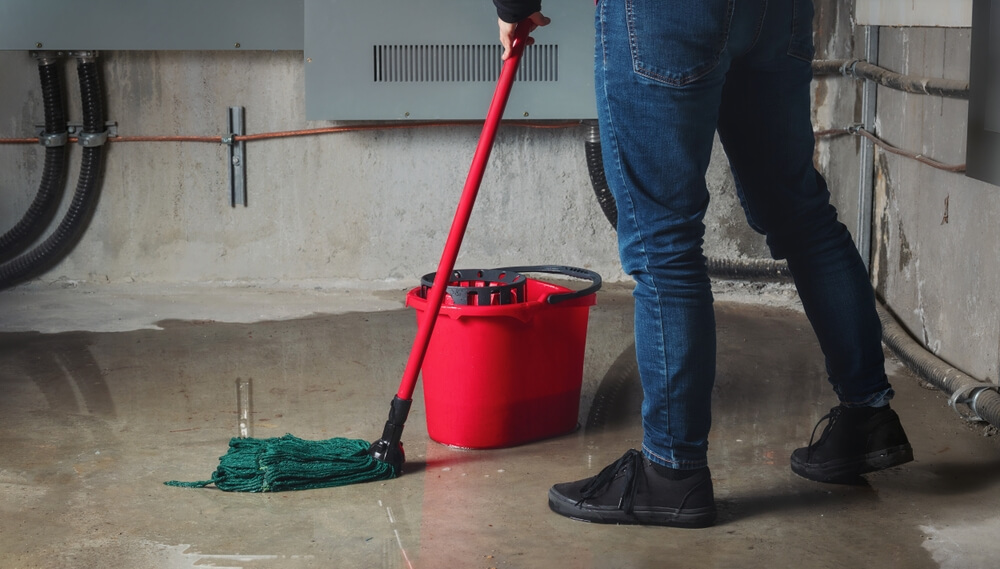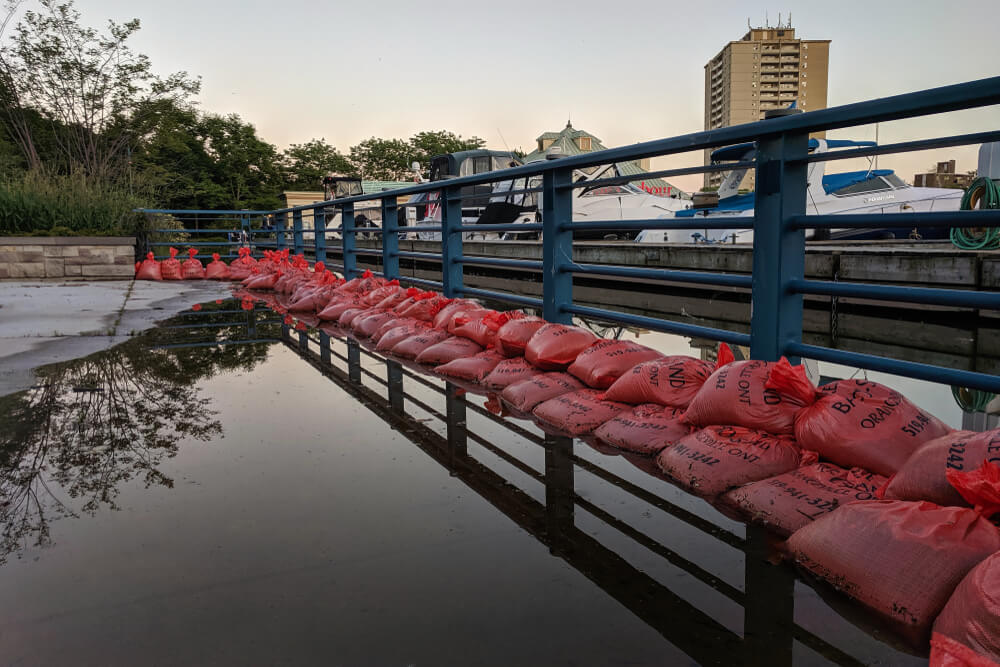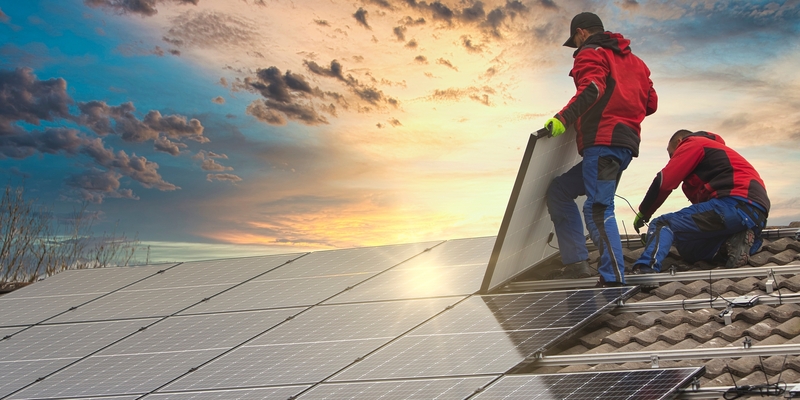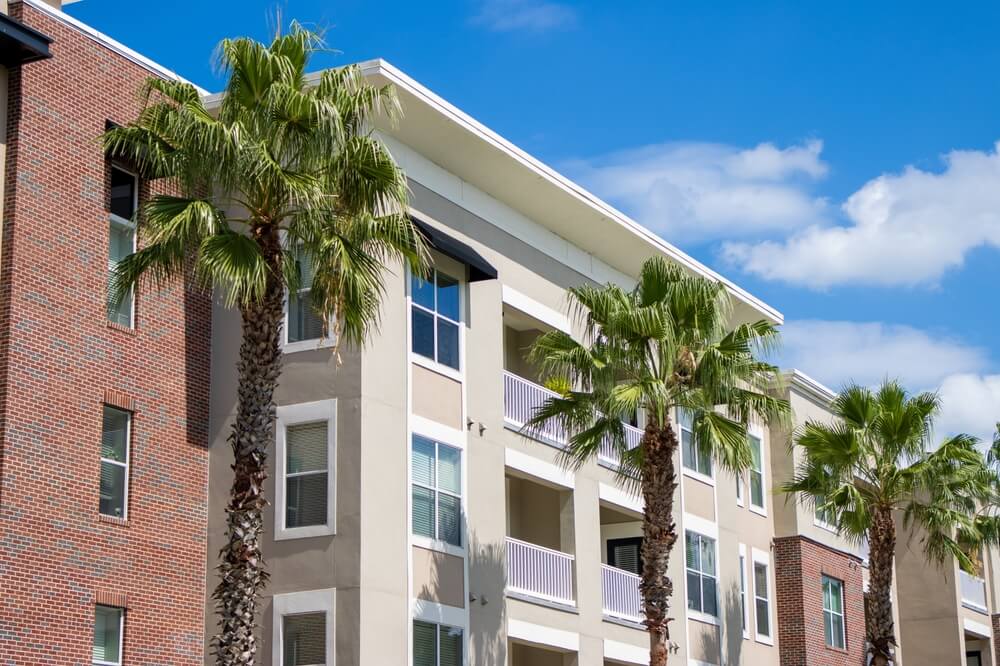
If you are not redirected within 30 seconds, please click here to continue.
Samedi: 10h – 16h HAE

If you are not redirected within 30 seconds, please click here to continue.
If you are not redirected within 30 seconds, please click here to continue.
Home Insurance Savings Guide: 21 Things That Impact Your Rate
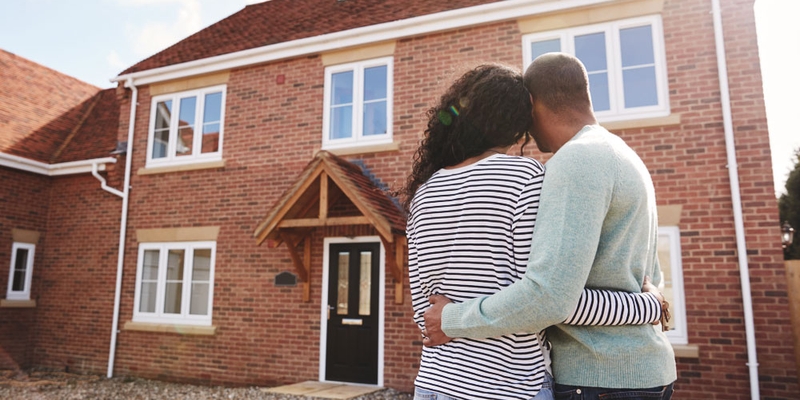
Likely, your home is one of your biggest investments, and the best protection for that investment is home insurance.
Your home insurance policy is made of two main components: coverage for your property (e.g. the home itself, your contents and possessions) and liability (e.g. if someone slips and falls on your stairs and they sue you for lost wages). There are varying levels of coverage, from the very basic to comprehensive, and the more protection you have, the more you'll pay in premium.
But what specifically affects your home insurance rate? As you make your house your home, we break down some things that may influence the rate you pay for your home insurance coverage.
What impacts your home insurance rate?
We've rounded up 21 factors that may affect the rate you pay for home insurance:
1. Shopping around
If you want to spend less on your home insurance, your best savings opportunity will likely come by shopping around. Compare what you pay today to what other home insurance providers offer to see if you're overpaying for your coverage. It could save you hundreds of dollars. At RATESDOTCA, you can shop your home insurance rate in just a few minutes to protect your home for less.
Don't waste time calling around for home insurance
Use RATESDOTCA to shop around and compare multiple quotes at the same time.
Finding the best home insurance coverage has never been so easy!
2. Deductibles
Your homeowner's deductible is the amount you are willing to spend out-of-pocket toward the total amount of an insurance claim. It is also one of the tools at your disposal to help you keep your home insurance premium in check. How so? Well, raising your deductible is an easy way to lower your rate.
For example, if your deductible is currently $500, raising it to $1,000 can make a big difference on your premium—possibly saving you as much as 10%. However, the key thing here to remember is to keep your deductible affordable because this is the money you'll need to pay should you need to make a claim.
3. Home insurance discounts
Ask about discounts. Don't be shy; it's your money. Home insurance discounts are a great way to lower your rate. Some common home insurance discounts that can help you save include the non-smoker discount, new home discount, and mortgage-free discount, to name just a few.
4. Bundling
When you bundle your phone, Internet, and television services, we all know you often get a better price. The same is true for insurance. If you buy your home insurance from the same company you bought your car insurance from, for example, then you'll likely qualify for the multi-line discount.
Multi-line is insurance jargon for what might be better described as multi-product, and this discount can save you 5-15% off of one or even both of your policies. However, you still need to shop around to ensure that the combined cost of the policies is lower than what you would pay if you bought two separate policies from different insurance providers.
5. Claims history
Past claims are often a providers' best predictor of future claims. Depending on how often you have submitted a home insurance claim, you may see your rates increase. As a general rule, a single claim won't flag you as a high-risk, but repeat claims will. You may also lose any claims-free discount.
6. Credit history
How you manage your finances is viewed as a predictor of the frequency and severity of home insurance claims. Some home insurance providers — where allowed — use your credit score, with your permission, as a rating factor in your home insurance rate.
That said, you don't have to permit them to check your credit score; however, not doing so means you'll likely pay a higher rate.
7. Multiple mortgages
You may find it difficult to get the coverage you need if you have more than two mortgages on the home you're looking to insure, as your options may be limited or the premium higher.
8. Building materials and finishes
Homes built with materials like marble and hardwoods are usually more expensive to insure than homes without these pricey materials because they increase the home's replacement value. The replacement value of your home is the price to rebuild your house (with materials of like kind and quality) after a serious loss, like fire. Because the home would cost more to replace, the insurance premium is often higher as well.
9. Furnishings
Homes are getting bigger, and larger homes require more furnishings. Add to this the popularity of big-ticket items like high-end media equipment, wine cellars, finished basements, and top-of-the-line appliances and you've got a lot of stuff that will cost more to replace. As a result, your insurance will cost more as well if you want it all covered.
10. Safety features
Having or installing extra safety features in your home isn't just beneficial for protecting your family; it could also save you on your home insurance premium. By installing a monitored alarm system, smoke or carbon monoxide detectors, or a sprinkler system (in your house, not your lawn), you could qualify for a reduced home insurance premium.
Make sure you advise your insurance provider if you have or add any of these safety features; otherwise, you won't see the discount on your policy.
11. Neighbourhood
Your neighbourhood will factor into your home insurance rate. Insurance providers keep an eye on neighbourhoods where claims are common. If you live in a community that's prone to sewer backups, for example, your home insurance rate will reflect the increased likelihood that you may need to submit a claim.
12. Extreme weather and water damage
According to the Insurance Bureau of Canada, claim payouts from severe weather have doubled every five to 10 years since the 1980s. Water damage has surpassed fire as the number one cause of home insurance losses in much of the country. Extreme weather events, as well as old and ageing infrastructure (e.g. sewer systems), have increasingly had an impact on the home insurance premium we pay.
Water damage coverage is complicated and evolving. Your home insurance will usually cover damage resulting from a "sudden and accidental discharge of water," like a burst pipe or broken water heater. You'll also be covered for a sewer backup, but only if you have this endorsement on your policy. (It's optional, and you'll have to request it specifically.)
Overland flooding until very recently was not a coverage option available to homeowners in Canada. However, a growing number of home insurance providers have introduced an overland flooding endorsement that, if available, can be added to a policy.
13. Swimming pools
Swimming pools not only increase the replacement value of your home, but they increase the potential for a liability claim if someone drowns or is injured. Chances are, a home with a pool will cost more to insure as a result.
14. Roofing
Your roof plays a significant role in protecting your home. The older your roof, the greater the chance for leaks or other damage. If your roof is well past its prime, you may find it difficult to get the coverage you need without replacing it.
15. Plumbing
Don't worry if you're not a plumber; you can tell the age of your plumbing by looking for newer plastic or copper pipes instead of the older galvanized or lead type. These older pipes are more likely to rust or corrode, increasing the chance of water damage and an insurance claim.
16. Electrical wiring
It's estimated that about 20% of all fires in Canada are due to electrical fires, which is why insurance providers pay special attention to a home's wiring. Knob and tube, aluminum wiring, fuses, and 60-amp electrical service will typically require an update to your home's electrical to get coverage. If it's not required and you can get a policy, your home insurance premium will likely be higher.
17. Wood-burning stoves and fireplaces
Suppose there's a wood stove or fireplace in the house. In that case, a home insurance provider may want to have it inspected before providing coverage to ensure it has been properly installed and maintained. Even with proper installation and regular maintenance, your home insurance rates may be higher to reflect the increased chance of fire.
18. Heating
Oil tanks have the potential for causing costly environmental hazards, and your home insurance provider will ask you a lot of questions about the age and condition of your tank. You may pay more for your home insurance if your home is heated by oil.
19. Proximity to fire hydrants and fire stations
For most people living in an urban area, hydrants and fire stations are frequent and nearby. However, if you live in a rural area, your home insurance rate will be impacted by how near or far the closest fire hydrant and station are to your house.
Fire is always a concern for insurance providers, and there's a premium advantage for living near a fire hydrant or fire station.
20. Running a home-based business
Your home may be where you lay your head at night, but is it also where you work?
When your workplace is also your home, you might be under the mistaken belief that your business is insured under the liability and contents coverage you have with your home insurance policy. However, it's not, unless your home insurance provider knows you operate a business out of your home. Depending on the type of business, you may need to add a home business extension to your current policy or get a separate business insurance policy to ensure adequate protection.
21. Having tenants
If you build a rental suite in your home, you'll likely increase the value of your property. Keep your home insurance provider in the loop about improvements so that you don't find yourself underinsured in the event of a loss. Additionally, your home insurance policy will need to be updated to reflect that the home is no longer a single-family dwelling but now a multi-family dwelling.
Protecting and maintaining your home
If you love your home, it will love you back, and the best way to avoid having to submit a home insurance claim is to give your home some TLC with regular maintenance.
Did you know? Home insurance does not cover maintenance or upkeep; it's intended to provide coverage for losses that are not predictable or avoidable.
Tips for preventing water damage
The best defence against water damage is to prepare your home ahead of time:
- Grade the ground around your home to slope away from the house, not toward it. Otherwise, you run the risk of water pooling against the home and possibly into your basement.
- Regularly clean your eavestroughs and downspouts.
- Add a downspout extension that extends at least 1.5 metres away (5 feet) from your home so that the water drains toward the street.
- Install a backwater valve (you'll need a plumber to do this) to minimize the chance or lessen the damage from a sewer backup.
- Consider installing a sump pump, and make sure it empties onto a permeable surface at least two metres (6.5 feet) from the foundation wall.
- Watch for cracks in the foundation. While not all cracks are a problem, they shouldn't be ignored. If you can fit a dime into the crack, or if it gets bigger, have it checked out. If it's a minor crack, seal it.
Fire prevention tips
It's estimated that there are about 24,000 house fires each year in Canada. Keep your family safe and minimize the chance of a fire happening where you live:
- Did you know most home fires happen at night when everyone is sleeping? This is why installing and maintaining smoke alarms on every storey of your home is so important.
- Plan and practice a fire escape plan with everyone in the house. Look at the different ways out of each room and set out a predetermined meeting place outside of the home.
- If you use portable heaters, give them space — at least one metre (three feet) bubble. Make sure they're not placed near anything flammable and never leave them on while sleeping.
- Did you know careless cooking is the number one cause of fire-related injuries? Be careful in the kitchen and never leave stovetop cooking unattended. Keep the cooking area clear of combustibles (potholders, towels etc.) and never leave home when cooking in the oven.
- Have a fireplace inspection done by a professional at least once a year to minimize the chance of a chimney fire.
Get money-saving tips in your inbox.
Stay on top of personal finance tips from our money experts!



